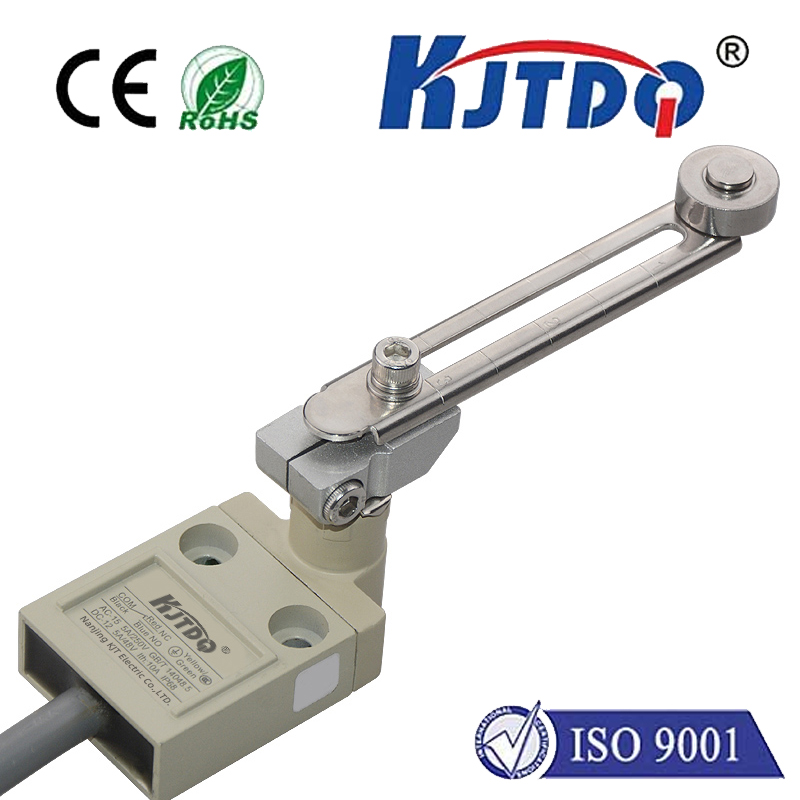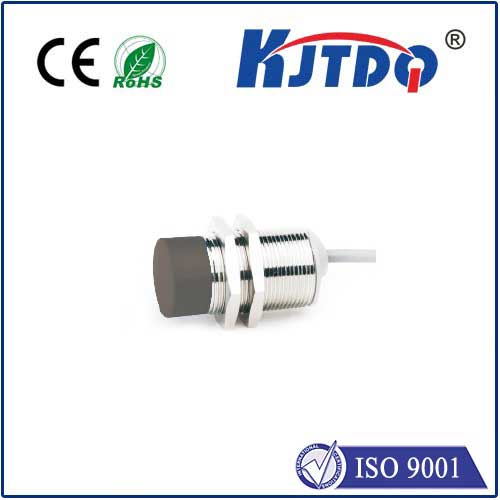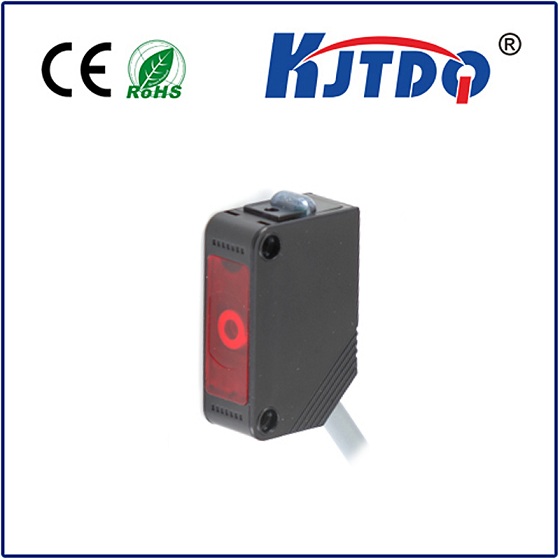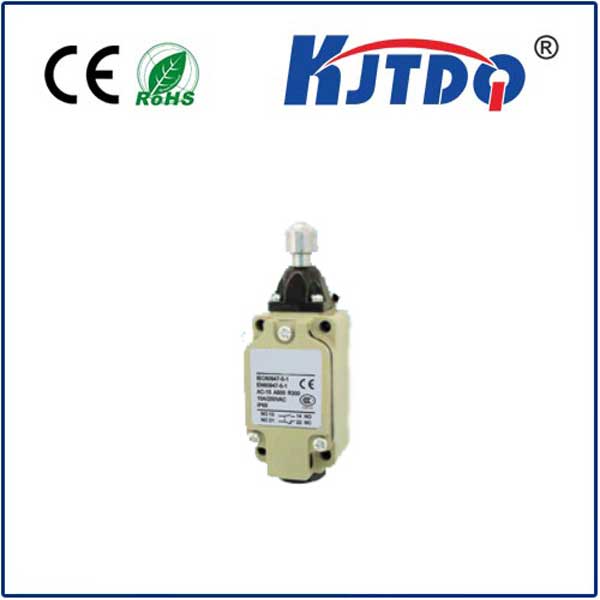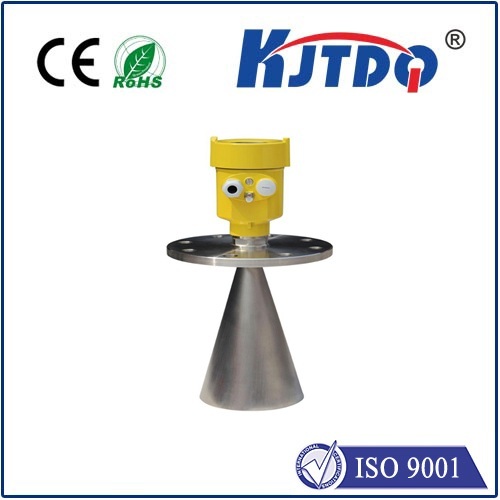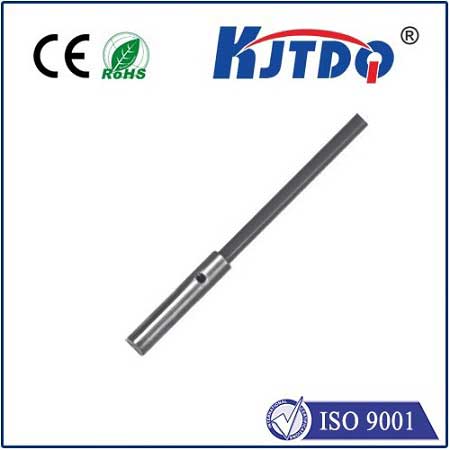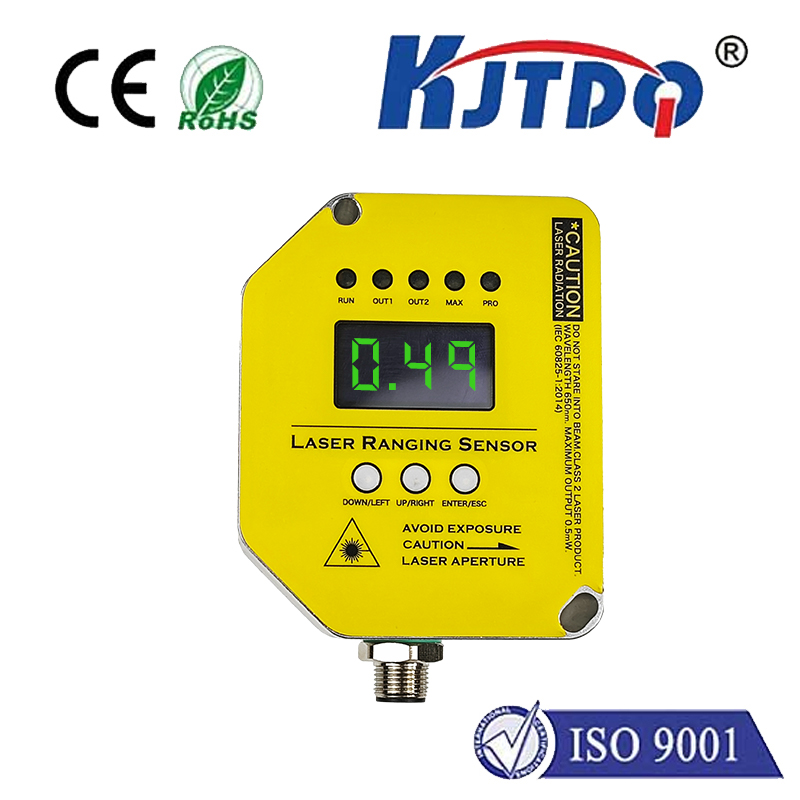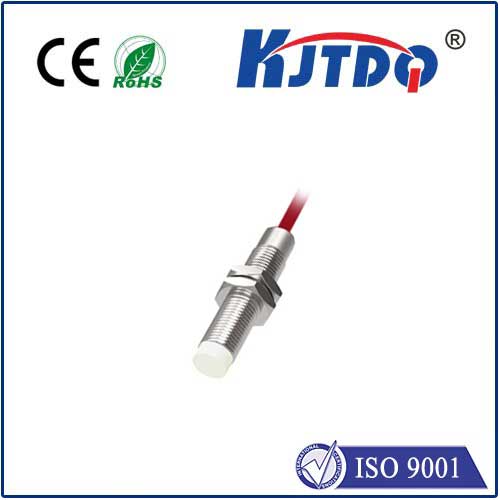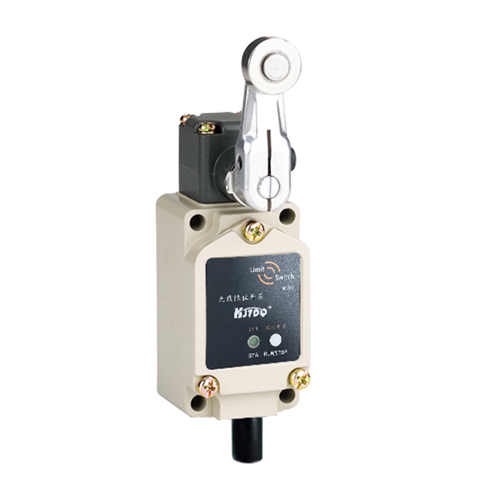rcwl 0516 microwave proximity sensor
- time:2025-07-16 08:40:55
- Click:0
RCWL-0516 Microwave Motion Sensor: Your Invisible Detection Powerhouse
Ever needed a motion sensor that could see through walls, plastics, or glass? One that wasn’t fooled by sunlight, shadows, or temperature changes? Enter the RCWL-0516 Microwave Proximity Sensor, a small yet remarkably powerful module quietly revolutionizing how we detect movement. Dubbed the “ghost radar” for its uncanny ability to sense motion where traditional sensors fail, this little board leverages microwave radar technology to offer unique advantages for hobbyists and engineers alike.
Beyond Infrared: The Microwave Radar Principle
Unlike the ubiquitous Passive Infrared (PIR) sensors that detect changes in heat radiation (like a warm body moving against a cooler background), the RCWL-0516 operates on the microwave Doppler radar principle. It emits low-power electromagnetic waves, typically around 3.18 GHz, from its integrated antenna. When these microwaves encounter a moving object, their frequency shifts slightly upon reflection (the Doppler effect). The sensor’s onboard processing circuitry detects this minute frequency shift, triggering its digital output.
This fundamental difference unlocks capabilities unattainable with PIR sensors:
- Material Penetration: Microwaves can travel through many non-metallic materials like thin walls, plastics, glass, wood, and even ceramics with minimal attenuation. This allows the RCWL-0516 proximity sensor to detect motion behind barriers where an IR sensor would be blind – think detecting movement inside a cabinet, behind a plastic enclosure, or through a frosted glass window.
- Immunity to Environmental Factors: Sunlight, shadows, ambient temperature fluctuations, or even rapid changes in air currents (like drafts) have virtually no effect on microwave detection. This makes the module highly reliable in challenging environments where PIR sensors often trigger false alarms or fail entirely.
- Omnidirectional Sensing: The sensor typically has a nearly spherical detection pattern. While its maximum sensitivity might be directional based on the internal antenna design, it can effectively sense movement approaching from almost any angle around it, offering greater coverage flexibility compared to the often narrower field-of-view of PIRs.
- Consistent Performance: Since it doesn’t rely on thermal contrasts, performance remains consistent regardless of whether the object is warm-blooded, cold metal, or even flowing water.
Key Specifications and Operation Glimpse
The RCWL-0516 module is incredibly straightforward to use, boasting only three pins:
- VIN (3V-28V): Impressively wide operating voltage range, compatible with common microcontroller platforms (3.3V or 5V logic) and higher voltages like 12V or 24V systems found in industrial applications or automotive projects with appropriate power regulation. This flexibility is a significant boon for diverse projects.
- GND: Ground connection.
- OUT (3.3V): Digital output pin. Normally low, it goes high (approx. 3.3V) for a few seconds (typically adjustable) upon detecting motion.
Other notable features often include:
- Detection Range: Around 5-7 meters optimally, though environment and object size/material significantly affect this.
- Sensitivity Adjustment: Often, a capacitor footprint allows adding capacitance to increase sensitivity.
- Trigger Duration Adjustment: Adding capacitance to the CDS pad increases the time the output stays high after detection.
- Light Sensing (CDS Pin): An optional feature, adding a photocell to the CDS pin allows the sensor only to activate in low-light conditions (e.g., turning lights on at night but not during the day).
Unleashing Potential: Diverse Applications
The unique strengths of the RCWL-0516 microwave radar sensor make it ideal for numerous applications where PIR sensors fall short:
- Concealed Sensing: Detect motion behind panels, inside enclosures, or beneath furniture surfaces without visible sensors. Perfect for smart furniture or hidden security features.
- Weather-Resistant Systems: Its immunity to temperature swings and ability to work behind weatherproof plastic makes it excellent for outdoor motion detection systems, like automatic gates, security lights, or garden monitors.
- Presence Detection in Enclosed Spaces: Reliably detect movement inside cabinets, closets, or small rooms without needing a clear line of sight – ideal for automatic lighting or ventilation activation.
- Liquid Flow Detection: Monitor moving liquids (like in pipes or manufacturing processes) by sensing turbulence or flow.
- Low-Cost IoT Projects: Its simplicity, low power consumption (in intermittent operation), and unique capability make it a favorite for DIY IoT motion sensing projects, home automation triggers, and creative microcontroller builds. Think automatic soap dispensers, smart pet feeders, or occupancy counters.
- Industrial Applications: Detecting moving parts, conveyor belt jams, or vibration behind panels in manufacturing settings.
Important Considerations
While powerful, the RCWL-0516 motion detection module has nuances:
- Detects Movement Only: It responds to moving objects; a perfectly still person won’t trigger it once the initial motion ceases (though the output pulse duration helps here). This differs from some presence detection sensors.
- Potential False Triggers: Very close proximity to highly reflective moving objects (like spinning metal fans) or even water droplets near the sensor can occasionally cause false triggers. Careful placement and shielding might be necessary.
- Metallic Shielding: Metal surrounding the sensor significantly attenuates or blocks the microwave signals. Avoid mounting inside metal enclosures directly against metal surfaces.
- Sensitivity Adjustment: Tuning the sensitivity for a specific application (avoiding detection outside the desired zone) often requires experimentation with capacitor values on the RCWL-0516 board.
Embrace the “Invisible” Advantage
The RCWL-0516 microwave proximity sensor offers a compelling alternative to traditional motion detection methods. Its ability to sense movement through materials, its resilience to environmental interference, and its straightforward interface make it an invaluable tool in the electronics toolkit. Whether you’re building a discreet home automation trigger, a robust outdoor security light, or an innovative IoT device needing hidden sensing, the RCWL-0516 provides the “invisible eye” you need. Understanding its principles and limitations unlocks a world of possibilities for detection beyond the visible spectrum.











